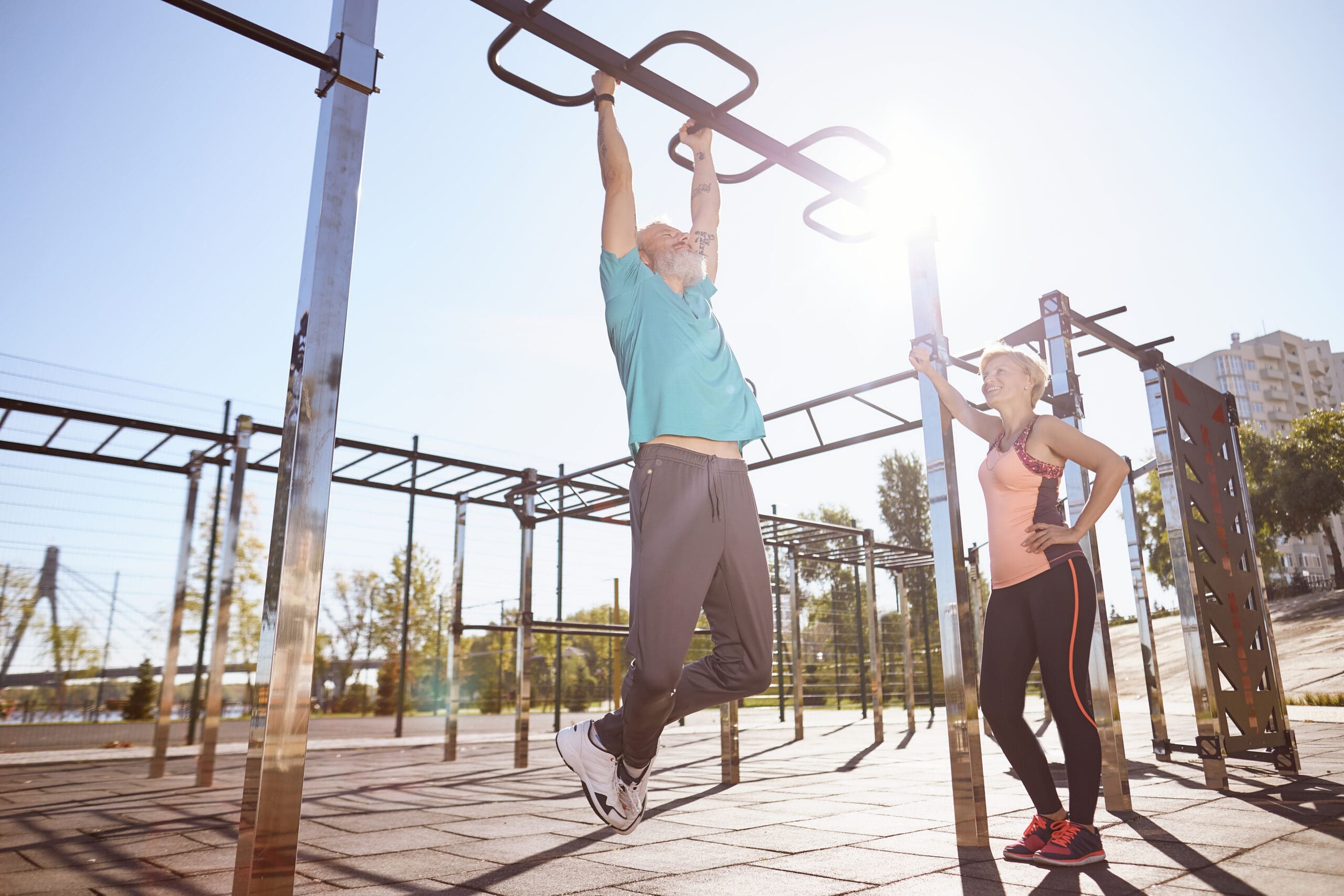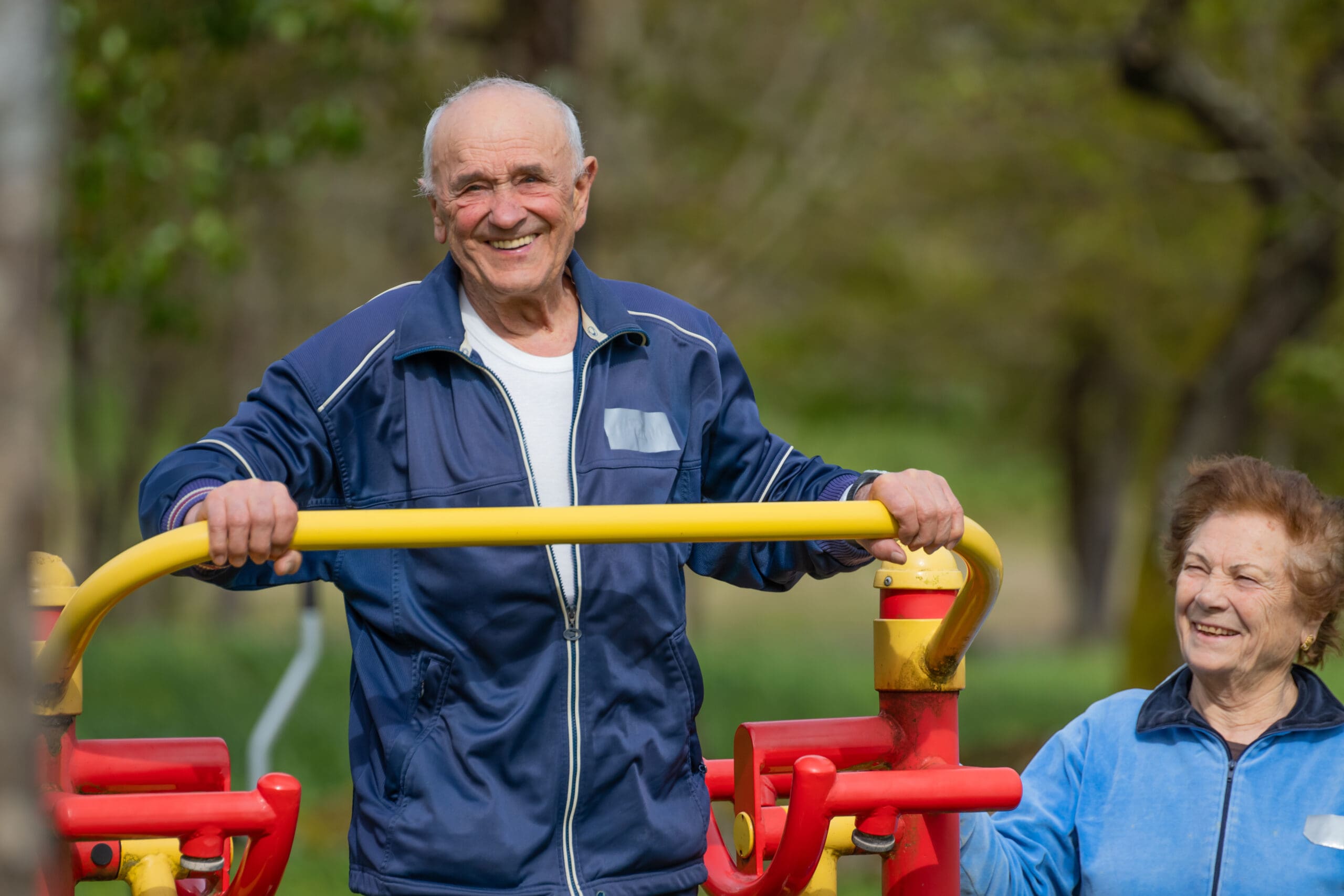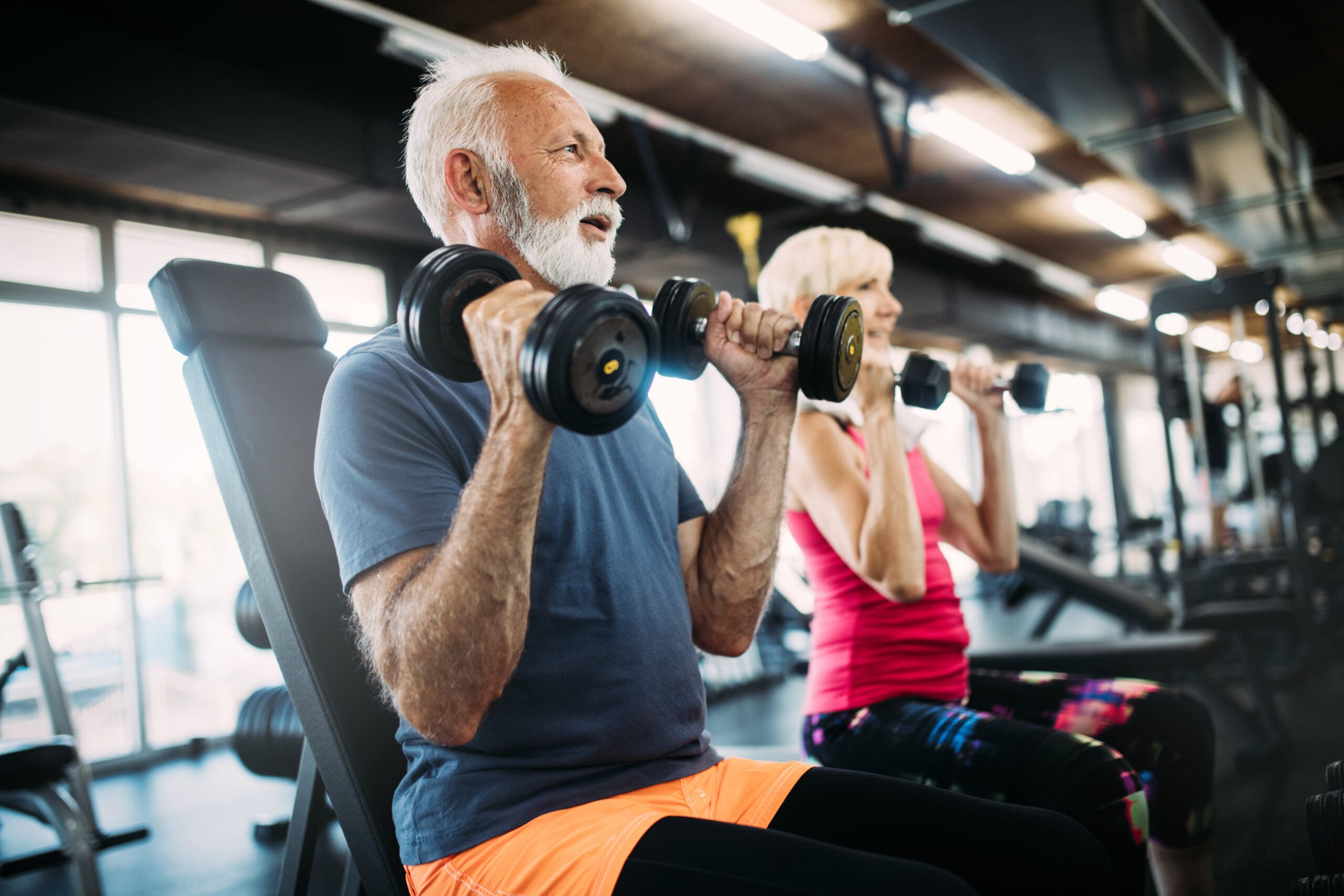Benefits of high intensity interval training (HIIT)
High-intensity interval training (HIIT) describes any workout that alternates between intense bursts of activity and fixed periods of less-intense activity or even complete rest. For example, a good starter workout is running as fast as you can for 1 minute and then walking for 2 minutes. Repeat that 3-minute interval five times for a 15-minute, fat-blasting workout. It sounds too simple to be effective, but science doesn’t stretch the truth. Read on for eight proven benefits of HIIT.
1. It’s efficient
Super-efficient HIIT is the ideal workout for a busy schedule—whether you want to squeeze in a workout during your lunch break or to get in shape for a fast-approaching event. Research shows you can achieve more progress in a mere 15 minutes of interval training (done three times a week) than the girl jogging on the treadmill for an hour. And according to a 2016 study presented by scientists from the Mayo Clinic, participants of the group saw their insulin sensitivity improve, which means they potentially lowered their diabetes risk, and they had an increase in ribosome activity (which helps build proteins that create muscle cells).
That’s not even the best part! Using the Tabata training method, you can complete an effective HIIT workout in just 4 minutes.
2. You’ll burn more fat
Not only do you burn more calories during a HIIT workout, but the effect of all that intense exertion kicks your body’s repair cycle into hyperdrive. That means you burn more fat and calories in the 24 hours after a HIIT workout than you do after, say, a steady-pace run.
3. You’ll build a healthier heart
Most people aren’t used to pushing into the anaerobic zone (that lovely place where you can’t breathe and you feel like your heart is trying to jump out of your chest). But in this case, extreme training produces extreme results. One 2006 study found that after 8 weeks of doing HIIT workouts, subjects could bicycle twice as long as they could before the study, while maintaining the same pace.
4. There’s no equipment necessary
Running, biking, jump roping, and rowing all work great for HIIT, but you don’t need any equipment to get it done. High knees, fast feet, or anything plyometric like jumping lunges work just as well to get your heart rate up fast. In fact, some equipment like dumbbells can make HIIT less effective because you want the focus to be on pushing your heart to its max, not your biceps.
5. You lose weight, not muscle
Anyone who has been on a diet knows that it’s hard to not lose muscle mass along with fat. While steady state cardio seems to encourage muscle loss, studies show that both weight training and HIIT workouts allow dieters to preserve their hard-earned muscles while ensuring most of the weight lost comes from fat stores. Win/win!
6. You’ll increase your metabolism
In addition to increased fat burning and more muscle preserved, HIIT stimulates production of your human growth hormone (HGH) by up to 450 percent during the 24 hours after you finish your workout. This is great news since HGH is not only responsible for increased caloric burn but also slows down the aging process, making you younger both inside and out!
7. You can do it anywhere
You can do it in a boat, you can do it with a goat. You can do it here or there, you can do it anywhere! Dr. Seuss would have loved HIIT. Since it’s such a simple concept—go at maximum effort for a short period of time followed by a recovery period and repeat—you can adapt it to whatever time and space constraints you have.
8. It’s seriously challenging
This is not a workout you can do while reading a magazine or chatting with your friend. Because it’s so short, you will be working hard the whole time. The trade-off is this format offers seasoned exercisers a new challenge and new exercisers a quick way to see results. You may be in pain, you may be sucking wind, but you definitely won’t be bored!
References:
Journal Of Physiology, Science Of Us, Cell Metabolism.
















Leave A Comment